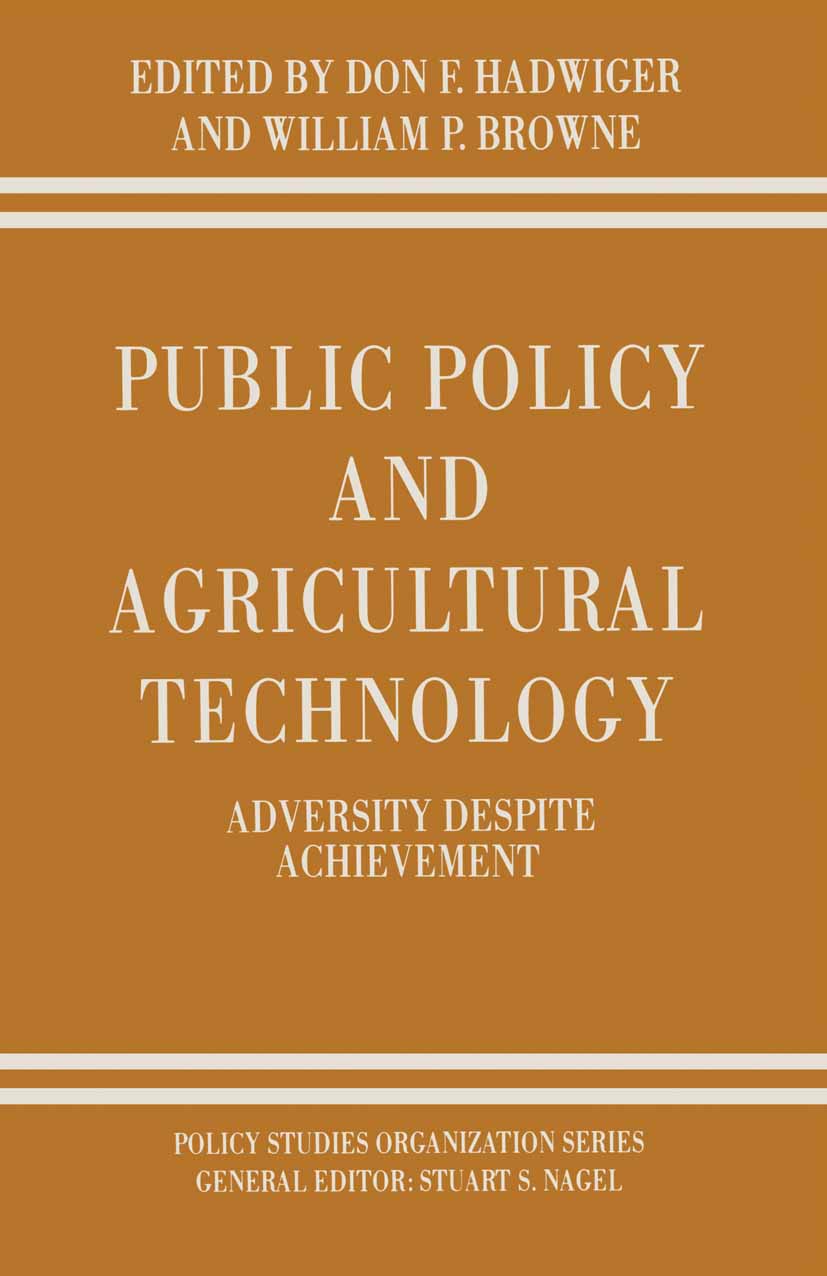World Forests, Markets and Policies
by Matti Palo
2020-04-20 07:06:16
World Forests, Markets and Policies
by Matti Palo
2020-04-20 07:06:16
This book offers information and insights into the potential of market and policy instruments in improving the state of the world''s forests. It advocates the use of the concept of optimal mix of markets and policies as an approach to view the app...
Read more
This book offers information and insights into the potential of market and policy instruments in improving the state of the world''s forests. It advocates the use of the concept of optimal mix of markets and policies as an approach to view the appropriate and operational roles of market and government in dealing with forestry issues. It does not offer a list of policy recommendations to be used as a general tool to combat the threats facing the world''s forests. Obviously, the optimal mix of markets and policies must depend on the varying national and local conditions and, more specifically, on the level of development. The contents of this volume are organized in five Parts. Part I, Editorial Perspectives, briefly reviews the outline of the book and analyses the balanced use of markets and policies to support world forests towards sustainable forest management. Part II reviews changes and trends in society and environment outside the forest sector. After all, the evolution of forestry and forest industries is more dependent on these external changes than on changes internal to the sector. Two important aspects that may strongly affect the future of the forest sector are covered: the potential of wood biomass in replacing oil and the global freshwater outlook. Part III focuses on the importance of forests and is primarily aimed at those outside the forest sector. Current innovations in information technology and the fast removal of government regulations have enabled forest industry corporations to invest on a larger scale in optimal locations worldwide. The rapid expansion of forest plantations in the South is a response not only to globalization but also to the expanding conservation pressures in the North. Part IV is the global forum that introduces a few topical forest sector issues affecting the world as a whole. However, these tend to be very complex and can rarely be adequately covered from a single perspective. Therefore, discussants were invited to bring up additional points of view. Forests have great potential in the control of climate change. This is analyzed through both the increased use of wood for energy and the possible forestry investments by Northern nations in the South to cope with the requirements of the Kyoto Protocol. The interlinkages of forests and water are also highlighted. Part V is entitled Regional Forum. Its purpose is to analyze globally relevant continental issues. Interregional studies are followed by articles focusing on Latin America, Africa, Asia and the Pacific, North America, Europe, and the Russian Federation. The role of the G8 economic powers in the development of the world''s forests is studied from the days of imperialism to the current Action Programme on Forests, and the implementation of the programme is followed up. A number of comparative analyses of countries are presented. The impacts of globalization on the forest sector in the Russian Far East and reforms in support of sustainable forest management in Russia are the two final themes of the book.
Less














.jpg)

















